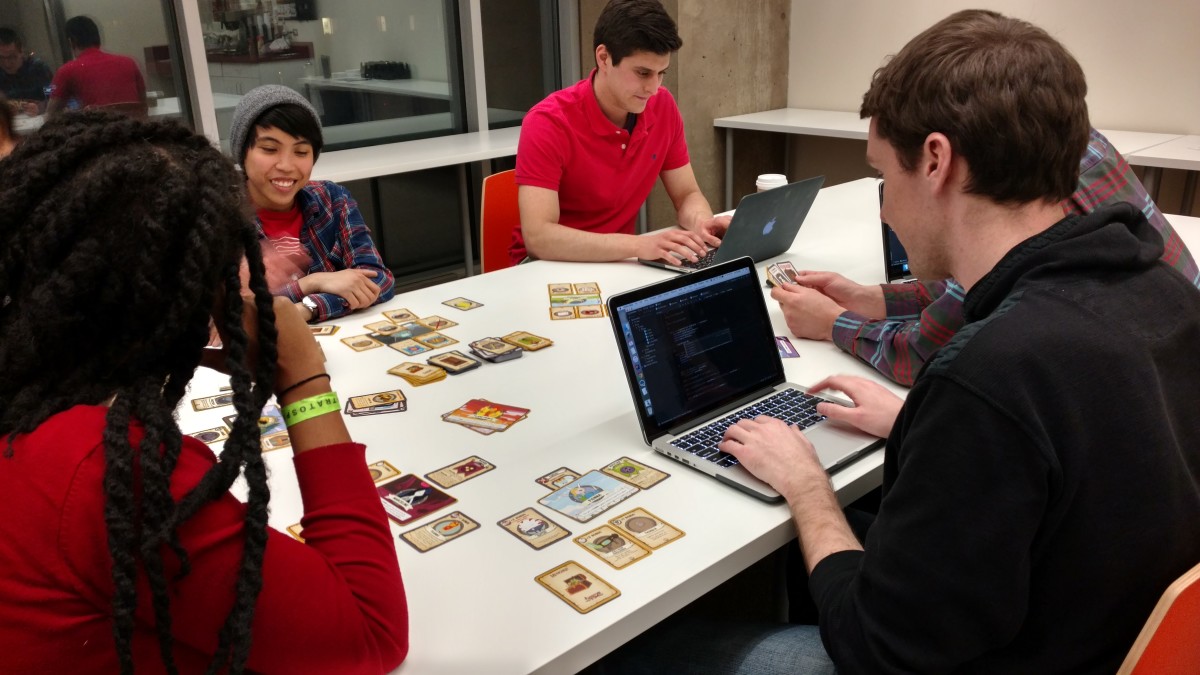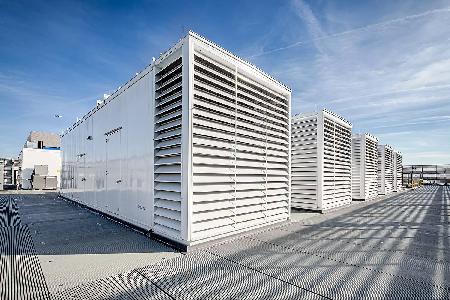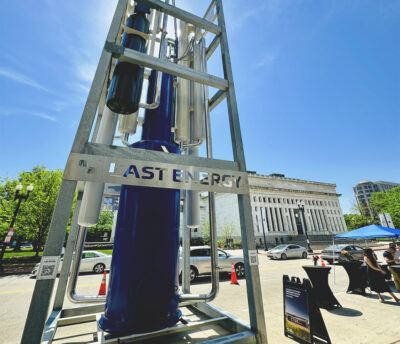The world has been grappling with the novel coronavirus pandemic for almost six months now, as the virus has spread to 213 countries with a death toll of over 630,000 deaths.
Scientists have mobilized quickly, sequencing the virus within months of discovery, and enabling the possible development of vaccines against it. This has set off the race for the fastest development of a vaccine by various institutes, including drug companies, universities and startups. Some anticipate having the vaccine ready by as early as December 2020, including Dr. Anthony Fauci, director of National Institute of Allergy and Infectious Diseases.
While those involved admit that matters like manufacturing and patient recruitment could throw off the drug’s development and there is no promise that a potent vaccine can even be developed, the cautious optimism amongst scientists and healthcare workers is one of the silver linings from this devastating disease and the economic calamity it brought along with it.
But are we being unrealistic in our optimism?
Fastest in history
History shows us that the fastest we have ever developed a vaccine is four years, which was against mumps in 1948, and even that only had short-term effectiveness, with a more potent vaccine developed in 1967. On average, vaccines take about 10 years from discovery to mass production, having gone through thorough animal and clinical testing before manufactured in the highest quality for use in general public. But in order for vaccines to work, it needs to trigger a strong enough immune response to create robust defense against the antigen. Oxford University, an institution with much COVID-19 research underway, published a recent study showing that antibodies against the SARS-CoV-2 virus in infected patients initially rose but started to decrease over time, suggesting that there is a possibility of reinfection in these individuals.
New designs, new problems
Vaccines have evolved drastically since in the 20th century. They started off as a simple idea: Introduce weakened or dead parts of the same pathogen that is causing the disease to stimulate an immune response that can safely protect against the infection and prevent it from spreading.
We have yet to successfully create a vaccine for a coronavirus, not for the lack of trying. Vaccine candidates for SARS-CoV-1 and MERS both exist, but as both were contained — SARS-CoV-1 even disappeared 2003, with less than 1,000 deaths reported. However, with a hundred times more deaths caused by SARS-CoV-2, there is an understandable rush to develop a vaccine, with 115 vaccine candidates and 78 known as active as of writing this article. These candidates fall within nine different types of approaches which include live attenuated virus, inactivated virus, non-replicating viral vector, replicating viral vector, recombinant protein, peptide-based, virus-like particle, DNA and RNA.
The difference in technology application for the development of different viral platforms depends on the population subtypes such as children, elderly, immune-compromised patients and pregnant women. Weakened strains of the virus can pose a threat to the older population or immune-compromised patients, though they can be used in younger population with a robust immune system. Based on available information, the majority of known vaccine approaches aim to produce antibodies that neutralize the spike (S) protein on SARS-CoV-2.
Of these, I would like to focus on a few touted for their advancement and received immense public and philanthropic funding: Moderna’s mRNA-based vaccine, Inovio’s DNA-based vaccine, and AstraZeneca’s adenovirus vaccine. However, it must be stated that none of these three approaches have been successfully used to develop a vaccine in the past, much less any success for any therapeutics against any disease. So, there is a lot of hope and optimism that these approaches will work, but very little data to support that any of them would be able to provide 100% protection we are looking for. Without an effective vaccine that stops the replication of the virus, the virus can mutate, rendering the vaccine obsolete. In addition, vaccinated patients might still be able to spread the virus, though it is possible that they have a greater chance of surviving the disease.
Likewise, past coronavirus vaccines have shown two critical safety issues: cellular immunopathology and antibody-dependent enhancement. While each of these vaccines might go about it different, they all express antigens, which often trigger immune cell activation through T helper-2 (Th2) response and possibly exacerbate lung disease, either directly or as a result of antibody-dependent enhancement.
Focusing on treatments
Without a sterile immunity of an effective vaccine, we will have to assume the virus will be around for many years. As patients can be asymptomatic, it would be very difficult to isolate and quarantine those affected, and so everyone will continue to be at risk of infection. And even if we get an effective vaccine, it would be years before it can administer to enough people to push forward for herd immunity.
Antivirals, including neuraminidase inhibitors (NAIs) or monoclonal antibodies (mABs), and even newer approaches that have worked for other disease types like chimeric antigen receptor T-cells (CAR-Ts) and microRNA (miRNA) treatments need to be given as much, if not more, focus and funding as vaccines. Unlike vaccines, new antiviral approaches can be cross-reactive and address more than just one virus. Antivirals can also be developed and evaluated in advance of potential pandemics and so can be stockpiled to be used early in a pandemic.
Given the virulence and severity of SARS-CoV-2, it is imperative that we consider these factors in future outbreaks to use antivirals to slow down early, local transmission in epicenters like New York City. This could even provide partial immunity enough move towards herd immunity sooner rather than later. Immediate attention needs to be given to antiviral approaches while vaccines are being evaluated and there needs to be coordinated effort, both national and international, to make sure antivirals are available for all populations even if vaccines might have limited access.
Before you go...
Please consider supporting Technical.ly to keep our independent journalism strong. Unlike most business-focused media outlets, we don’t have a paywall. Instead, we count on your personal and organizational support.
3 ways to support our work:- Contribute to the Journalism Fund. Charitable giving ensures our information remains free and accessible for residents to discover workforce programs and entrepreneurship pathways. This includes philanthropic grants and individual tax-deductible donations from readers like you.
- Use our Preferred Partners. Our directory of vetted providers offers high-quality recommendations for services our readers need, and each referral supports our journalism.
- Use our services. If you need entrepreneurs and tech leaders to buy your services, are seeking technologists to hire or want more professionals to know about your ecosystem, Technical.ly has the biggest and most engaged audience in the mid-Atlantic. We help companies tell their stories and answer big questions to meet and serve our community.
Join our growing Slack community
Join 5,000 tech professionals and entrepreneurs in our community Slack today!






